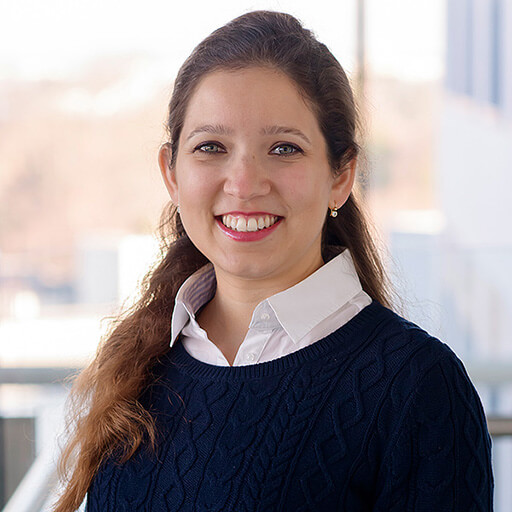Improved Imaging of the Outflow Pathway in the Living Human Eye

About the Research Project
Program
Award Type
Postdoctoral Fellowship
Award Amount
$147,339
Active Dates
July 01, 2022 - June 30, 2025
Grant ID
G2022001F
Mentor(s)
Steven Burns, PhD, Indiana University
Goals
Study the fine structures of the main outflow path of fluid from the human eye and the changes caused by age, glaucoma, and its treatments.
Summary
- Compare the overall structure of the outflow pathway in people with and without glaucoma using novel cellular-level imaging and a custom-designed lens. Measurements will improve our understanding of how these structures can be altered.
- Measure the detailed 3D nature of the drainage structure using advanced optical imaging, to provide better understanding of changes resulting in increased pressure in glaucoma.
- Translate capabilities of our lab instrumentation to clinical imaging devices using a newly designed lens, allowing clinicians to better visualize and ultimately treat glaucoma.
Unique and Innovative
A unique, newly designed lens will be used to overcome the current optical limitations of imaging the ocular drainage system of the living human eye. A customized high-speed, high-resolution 3D imaging system will allow study of cellular-level changes in the structures of the principal outflow system of the eye usually targeted by glaucoma treatments to lower intraocular pressure. Finally, the translation of a highly advanced laboratory optical system to improve clinical imaging of the outflow structures in eye care clinics will allow better diagnosis and treatment of patients with glaucoma.
Foreseeable Benefits
We believe there are two main advantages. First, information from this study will allow a better determination of who is at increased risk for glaucoma. Secondly, better understanding the interaction of treatments with their eye will improve the selection of the most appropriate treatment for individual patients with glaucoma. The research field in general will broadly implement this type of imaging to increase the understanding of the many subtypes of glaucoma and how each differs in how the drainage of fluid from the eye is impaired.
Related Grants
National Glaucoma Research
The Impact of Glaucoma on Light-Mediated Mood and Sleep Disorders
Active Dates
July 01, 2024 - June 30, 2026

Principal Investigator
Xiaorong Liu, PhD
Current Organization
University of Virginia
National Glaucoma Research
Increased Pressure in Eye Affects the Neuronal Communications in the Brain
Active Dates
July 01, 2022 - June 30, 2025

Principal Investigator
Prabhavathi Maddineni, PhD
Current Organization
University of Missouri
National Glaucoma Research
Association Between Glaucoma and Sleep Disorders
Active Dates
July 01, 2021 - September 29, 2023

Principal Investigator
Ji Won Bang, PhD
Current Organization
New York University School of Medicine



